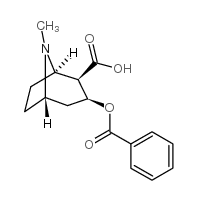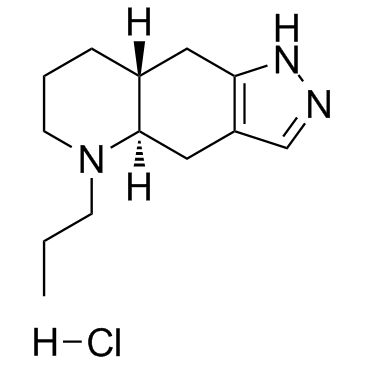| 结构式 | 名称/CAS号 | 全部文献 |
|---|---|---|
 |
苯甲酰芽子碱标准液
CAS:519-09-5 |
|
 |
芽子碱甲酯
CAS:7143-09-1 |
|
 |
(-)-喹吡罗盐酸盐
CAS:85798-08-9 |